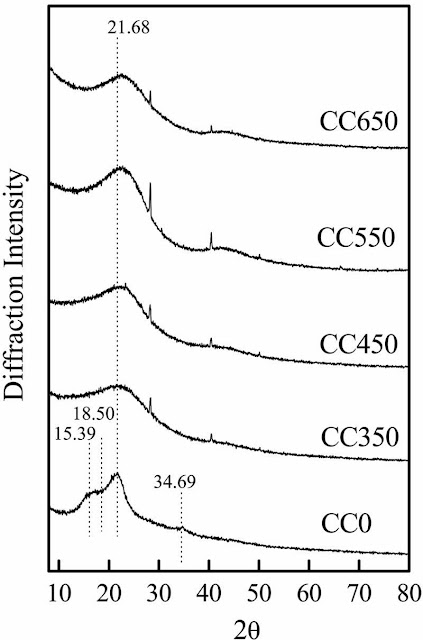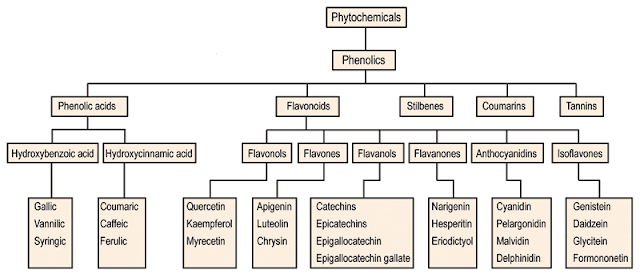Characteristics of biochar: biological properties

Biochar as a habitat for soil microorganisms The pore space of pyrolyzed biomass increases during charring by several thousand folds and is related to charring temperature and feedstock materials. Figure 1 . Biochars derived from corncobs (Zea mays L.) produced at incremental pyrolysis temperatures (350–650°C in 100°C intervals) were characterized using elemental analysis, specific surface area, scanning electron microscopy, x-ray diffractometry, and Fourier-transform infrared spectra to estimate the relationship between the physical and chemical properties of biochars and the treatment temperature. Generally, carbonization, aromatization, and specific surface area increased with the elevation of temperatures. Source: https://dl.sciencesocieties.org/publications/aj/abstracts/105/3/773?show-t-%20%20f=tables&wrapper=no?access=0&view=article Estimates of the resulting surface area of different biochars range from 10 to several hundred sq
